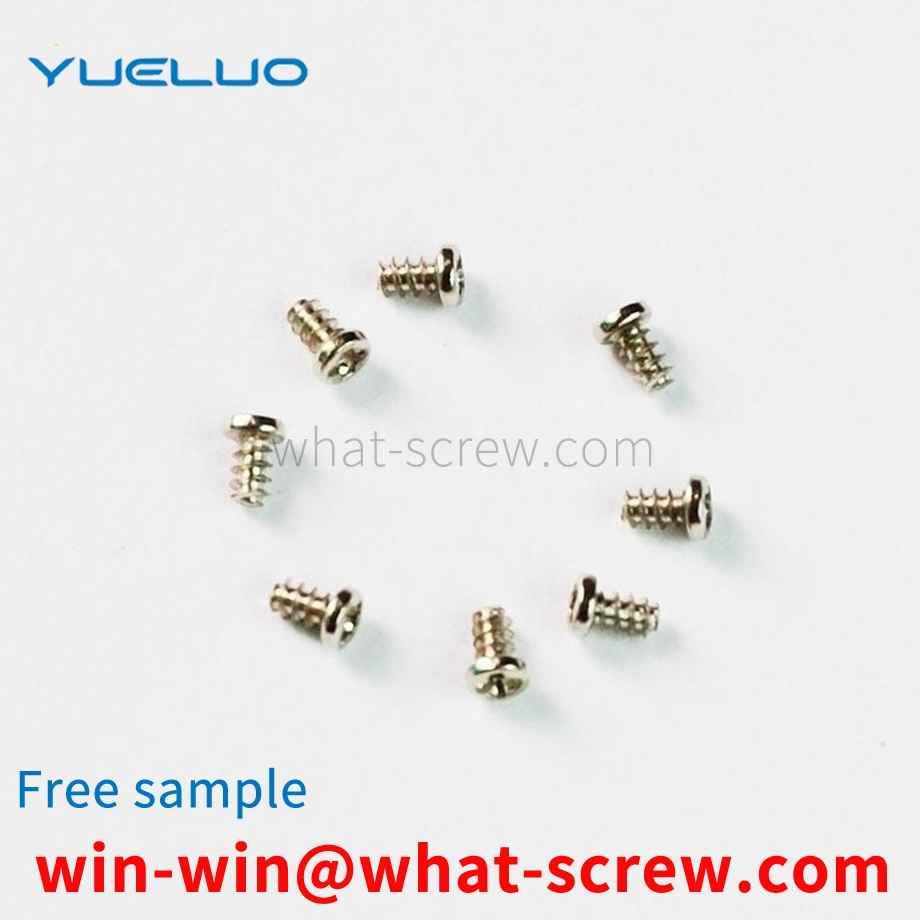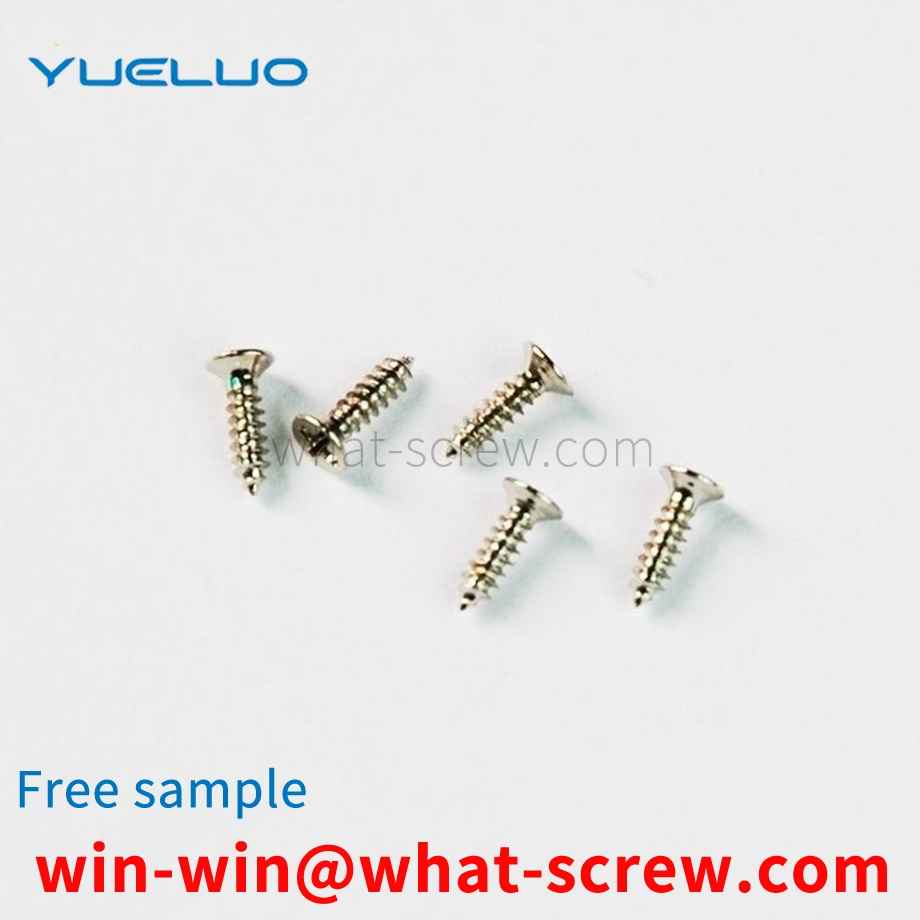Various stainless steel materials have different properties due to their different material contents, so the corrosion resistance is also different. The following is a brief explanation of several commonly used materials: 304 is a universal stainless steel, which is widely used in the production of good requirements. Equipment and components with comprehensive properties (corrosion resistance and formability). 301 stainless steel exhibits obvious work hardening phenomenon during deformation, and is used in various occasions requiring higher strength. 302 stainless steel is essentially a variant of 304 stainless steel with higher carbon content, which can obtain higher strength by cold rolling. 302B is a kind of stainless steel with high silicon content, which has high resistance to high temperature oxidation. 303 and 303Se are free-cutting stainless steels containing sulfur and selenium, respectively, and are used in applications where free-cutting and high surface finish are mainly required. 303Se stainless steel is also used to make parts that require hot upsetting, because under these conditions, this stainless steel has good hot workability. 304L is a lower carbon variant of 304 stainless steel used where welding is required. The lower carbon content minimizes carbide precipitation in the heat-affected zone near the weld, which can lead to intergranular corrosion (weld erosion) of stainless steel in some environments. 304N is a nitrogen-containing stainless steel, and nitrogen is added to increase the strength of the steel. 316 (18Cr-12Ni-2.5Mo) material: due to the addition of Mo, its corrosion resistance, atmospheric corrosion resistance and high temperature strength are particularly good, and can be used under harsh conditions; excellent work hardening (non-magnetic).
There is a standard for the outer hexagon bolt standard, which is a grade standard, which is divided into grade 4.8 and grade 8.8. These two levels are used a lot in the market. Especially grade 4.8 hex head bolts. Because it is much cheaper than 8.8 hex bolts. Of course it is more widely used. But for demanding products. Because of its high requirements in various aspects such as hardness. This requires the use of 8.8 hex bolts. Grade 8.8 hex bolts are harder in terms of hardness and screw torque. It is safer to use the product. Tighter and more stable.
Countersunk head screw, also called countersunk head screw, also known as flat machine screw, is a kind of construction part. The head is a 90-degree cone, similar to common wood screws. The head has tool tightening grooves, such as a zigzag, cross, inner hexagon, plum blossom, pentagon, etc. Screws are all connectors used to connect two objects. Generally, the head of the screw will protrude above the surface of the object to be connected, so that the surface will lose its smoothness. Countersunk head screws can be sunk under the surface to make the surface flat. For hard objects, countersunk holes need to be drilled in the corresponding positions of the countersunk head. In short, the countersunk head is the head of the screw that can keep the surface flat after installation.
At present, in the production workshop, there is no special tool for removing rivets such as skew, wrong rivets, and multiple rivets. When removing these rivets, workers use homemade rivet removal tools, use a sledgehammer to remove the rivet head, and then use a sharp tool to remove the rivet rod. eject. During the removal operation, sometimes the rivet head will fly out, the speed is high, the danger is extremely high, and the labor intensity is high, which has caused many industrial accidents.
Although there are many types of self-tapping locking screws, they all have the following main characteristics: (1) Generally, they are made of carburized steel (accounting for 99% of the total products). Also available in stainless steel or non-ferrous metals. (2) The product must be heat treated. Carbon steel self-tapping screws must be carburized, and stainless steel self-tapping screws must be solution hardened. In order to make the self-tapping screw meet the mechanical properties and performance required by the standard. (3) The product has high surface hardness and good core toughness. That is, inner softness and outer rigidity. This is a major feature of the performance requirements of self-tapping screws. If the surface hardness is low, it cannot be screwed into the matrix; if the toughness of the core is poor, it will break as soon as it is screwed, and it cannot be used. Therefore, inner softness and outer rigidity are the requirements for self-tapping screws to meet the performance requirements. (4) The surface of the product needs surface protection treatment, generally electroplating treatment. Some product surfaces require phosphate treatment (phosphating). Such as: wall panel self-tapping screws are mostly phosphating. (5) It is produced by cold heading process. It is recommended to use high-speed cold heading machine and high-speed thread rolling machine or high-speed planetary thread rolling machine to ensure product quality. The self-tapping screw produced in this way has a well formed head and high thread quality.
We have many years of experience in the production and sales of screws, nuts, flat washers, etc. The main products are: precision core rivets, 316 gaskets, GB93 washers, 304 core blind rivets, copper flat head rivets and other products, we can provide you with suitable fasteners Firmware Solutions.



















 Service Hotline
Service Hotline




